With both Innotox and Botox being high in demand, you need to understand the key differences. We look at innotox vs. Botox dosage, usage, similarities, when to use what and much more in the article below.
Contents
The market for cosmetic procedures has sky-rocketed in the past few decades. In the last 25 years alone, there has been a five-fold increase in the number of cosmetic procedures in the US. (From 1.6 mn cosmetic procedures in 1997 to 5.5 mn in 2020)
In recent years, Innotox has become an increasingly popular alternative to Botox. However, many people are still unsure which treatment is best for them.
What is the best dosage of Innotox and Botox? How long do the results last? And are there any common side effects, adverse effects or adverse events you should know about?

These are all common questions when it comes to choosing a cosmetic treatment. Here, we will look at both Innotox and Botox and compare the two treatments to help you decide which is right for you.
Let’s look at each treatment and see how they compare.
What is Innotox?
Innotox is a botulinum toxin type A product used to treat wrinkles. It is a purified protein that works by temporarily relaxing the muscles that cause wrinkles. Innotox is a Daewoong Pharmaceutical Co. Ltd. product and received the Korean Ministry of Food and Drug Safety approval in 2006.
It is also approved in Canada, Europe, and the United States. Innotox effectively treats crow’s feet, forehead wrinkles, and glabellar lines (lines between the eyebrows).
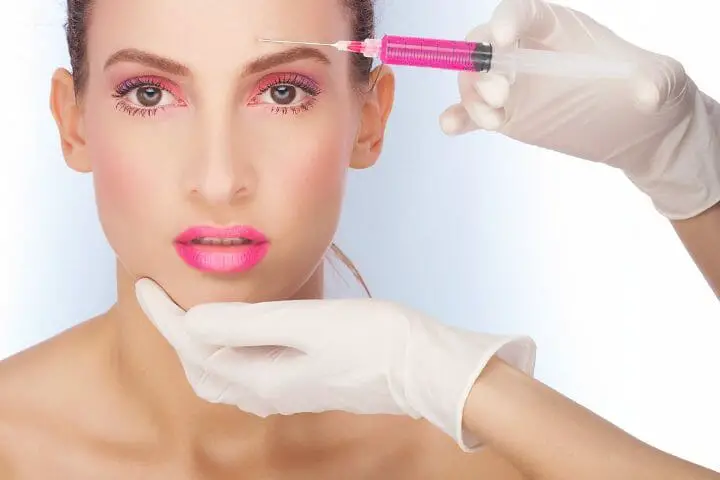
What is Botox?
Botox is Innotox are both botulinum neurotoxin products used initially to treat certain conditions, such as muscle spasm and excessive sweating. Today, botulinum toxin injections are commonly used to reduce wrinkles and fine lines on the face.
Botox comprises Clostridium botulinum toxins A and B. These proteins block nerve signals to the muscles they affect, preventing them from contracting or moving (which is why they are also used as a muscle relaxant). This reduces wrinkles and other signs of aging on your skin.
You might also like to read: 100 Units Of Dysport Equals How Much Botox? Find Out The Conversion Ratio
Innotox Vs. Botox Dosage: What Are The Differences?
The main difference between Innotox and Botox lies in their dosage. Innotox is available in two dosages – 50 units and 100 units – while Botox is available in four doses – 50 units, 75 units, 100 units, and 200 units.
The recommended starting dose for Innotox is 50 units, while the recommended starting dose for Botox is 100 units. However, the exact dosage you will need will depend on your facial anatomy and the specific goals you hope to achieve with treatment.
Another essential difference between these two treatments is their duration of action. Botox commonly provides results for around 3-4 months, whereas Innotox can deliver results for ten months.
It is important to note that both Innotox and Botox are temporary solutions for wrinkles and fine lines and will need to be repeated regularly to maintain results. Moreover, some patients have been known to have generated antibodies against Botox. Antibody formation can cause the treatment to fail completely.
Suppose you consider either Innotox or Botox for treating wrinkles and fine lines. It is essential to consult with a qualified medical professional who can help you determine which product and dosage are right for you.
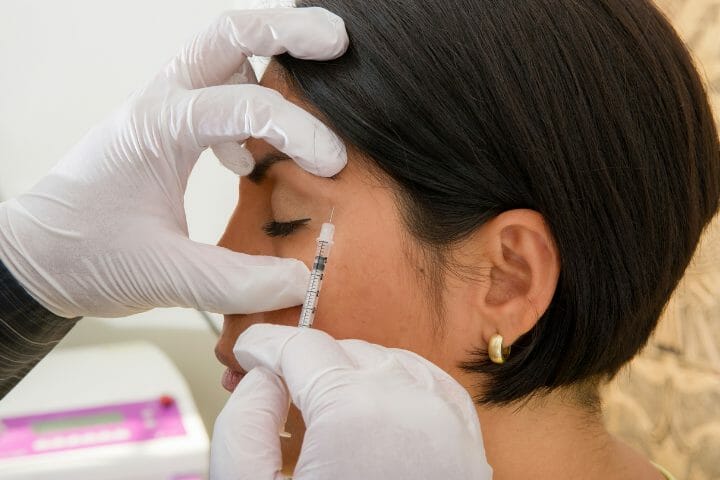
How Do Innotox and Botox Work?
Innotox and Botox both work by blocking nerve signals. This prevents the muscles from contracting, which ultimately reduces the appearance of wrinkles. However, both have a slightly different manufacturing process which is what creates differences in their working.
Innotox and Botox treat different types of wrinkles, so it’s essential to understand how each works before deciding which one is right for you.
Innotox works by targeting facial muscles that form fine lines over time, known as dynamic wrinkles. These dynamic wrinkles usually appear in the upper face and include crow’s feet around the eyes, frown lines between the eyebrows, and forehead lines.
By relaxing these facial muscles with Innotox injections, many people find that these lines are less visible or disappear entirely after several weeks.
On the other hand, Botox treats both dynamic and static wrinkles. Static wrinkles are noticeable even when your face is at rest – they’re usually deeper than dynamic wrinkles and form due to sun damage, smoking, and dehydration. Botox temporarily paralyzes the muscles that cause these static wrinkles, which smoothens the skin’s surface.
You might also like to read: Can Botox Cause Dizziness? Complete Guide To The Side Effects Of Botox
Is Innotox More Effective Than Botox?
In a recent study, researchers compared the effectiveness of Innotox and Botox for reducing wrinkles and fine lines. The results found that Innotox was more effective than Botox in producing visible reductions in these signs of aging.
First, it is essential to understand what causes wrinkles and fine lines in the first place. These signs of aging are caused by a reduction in collagen production, a protein that helps keep skin looking plump and smooth.
Over time, as the amount of collagen produced by your body decreases, skin loses its elasticity and becomes less firm. Eventually, this can lead to the development of fine lines and wrinkles.

Does Botox Have More FDA-Approved Indications Than Innotox?
Botox and Innotox are both approved by the Food and Drug Administration (FDA) for the treatment of wrinkles. However, Botox has additional FDA approved indications, including:
- Treating cervical dystonia (a condition that causes abnormal muscle contractions in the neck)
- Treating blepharospasm (a condition that causes involuntary blinking)
- Treating strabismus (a condition that causes misalignment of the eyes)
So while both Botox and Innotox are FDA approved for treating wrinkles, Botox has more FDA-approved indications overall. Innotox still needs some approval from the FDA. Botox can also be used in cases where the patients suffers from excessive sweating.
Does Botox Last Longer Than Innotox?
Both Botox and Innotox are made from a form of botulinum toxin, so they temporarily paralyze the muscles. However, there are some differences in how long the effects last.
Botox typically lasts for 3-4 months, while Innotox can last for ten months. If you’re looking for a longer-lasting effect, Innotox may be a better option.
There are also some other differences between these two treatments. Botox is more commonly used for cosmetic purposes, while Innotox is more often used. And while Botox is available in both injectable and topical forms, Innotox is only available as an injectable.
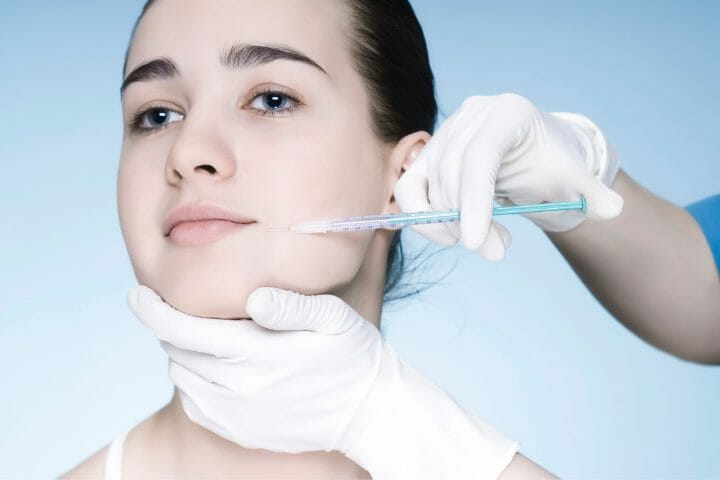
Can You Switch Between Botox And Innotox?
Suppose you’re wondering whether you can switch between Botox and Innotox, yes! You couldn’t use both types of botulinum toxin injectables, as they effectively treat wrinkles. However, it’s worth noting that Innotox is a newer product on the market, so you may want to try that first to see how your skin reacts. Ultimately, deciding which botulinum toxin to use is up to you and your dermatologist.
You might also like to read: What Lasts Longer Botox Or Dysport?
How Long Does It Take For Innotox To Work?
Unlike Botox, Innotox is a liquid formula that does not need reconstituted. You simply pull and draw the injectables for the treatment. It comes in a pre-mixed form and thus reduces the chances of human error and improves dosage efficiency.
Innotox is a quick 10 minutes treatment, but it takes almost 3 to 4 days to show the visible changes. But the results last for nearly ten months which is way more than Botox or other cosmetic treatments.

Does Innotox Need To Be Diluted?
No, Innotox does not need to be diluted before use. The product is already in an injectable form and released in a liquid phase, which does not need to be reconstituted and is ready to be used. Additionally, Innotox comes with its pre-filled syringe calibrated to ensure accurate dosing.
Is Innotox Pre-Mixed?
Yes, Innotox is a pre-mixed Botulinum toxin type A product. The active ingredient, botulinum toxin type A, is dissolved in saline solution and does not require further mixing before injection. This makes Innotox very convenient and minimizes the risk of errors during preparation.
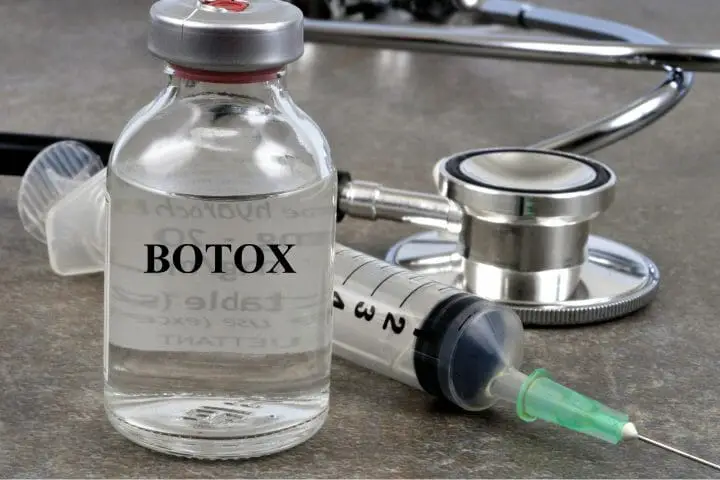
What Is Innotox Used For?
Today plastic surgeons are majorly using Innotox for treating fine lines and wrinkles. They are also using it to reduce procerus muscle activity and eyebrow wrinkles (glabellar wrinkles). This cosmetic treatment is most suitable for adults between 20 to 65.
But it is also used to treat patients two years and above suffering from equinus foot deformity due to spasticity in pediatric cerebral palsy. And in patients above 18, it is used to treat benign essential blepharospasm.
You might also like to read: Can You Get Botox While Breastfeeding? 3 Alternatives To Botox While You Are Nursing
Can You Inject Botox Yourself?
No, it would help if you did not inject Botox yourself. Botox is a prescription medication that a trained medical professional should only administer. There are potential risks associated with self-injection, including:
- Injecting the wrong amount of Botox, which could lead to unwanted adverse effects
- Injecting Botox into the wrong area of the face could lead to paralysis or other serious problems.
- Not knowing how to properly care for the injection site could lead to infection or other complications.
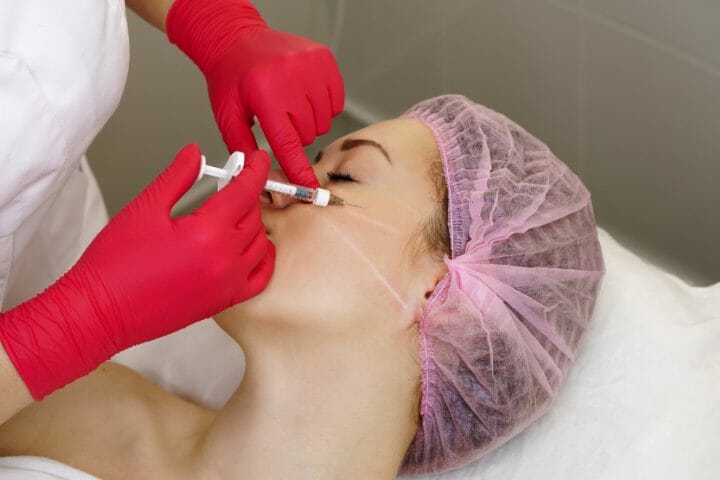
What Are The Side Effects Of Botox?
Here are some common symptoms and side effects of using a botulinum toxin product such as Botox: rashes, headaches, back pain, neck pain, allergic reactions, fever, cold, cough, bleeding, pain, swelling, redness, anxiety, dryness of mouth, swelling of eyelids and several others.
A Few Final Words
Innotox is new in the market, and Botox is, to date, the most popular cosmetic treatment. Hence you should go for Botox. However, the effects of Innotox stay for longer. So it’s entirely up to you and your dermatologist to decide what is best for you.
If you are interested in getting Botox, please consult with a trained medical professional to ensure that the treatment is proper and administered correctly. Thank you for reading, and we hope we covered everything that you wanted to read. Do write to us in case of any questions.
